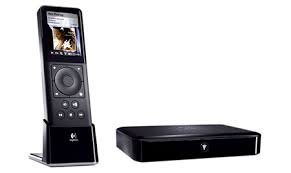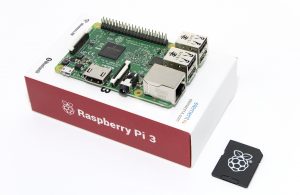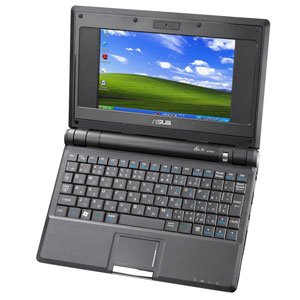A part of my retro-computer collection consists of several Commodore-64s. The C64 was the computer that I wanted as a 12-year-old but did not get… I am only discovering it now. One of the machines I have was a great secondhand deal.
It’s a C64 complete with a datasette player, floppy drive everything had still its original box. I also came with an extra box, with random computer stuff. Besides a collection of cassette tapes with software and a collection of EPROMs, the previous own programmed custom kernals, this box also held a strange peripheral that I had not seen before. A beige box with a black cable having an 9 pin joystick connect attached and one clear led, or at closer inspection an IR receiver. The box had only a label on the top reading “Cheetah”. On the bottom were 3 rubber feet, but no label with a model number of sorts. At first instance, I even doubted if this was a genuine sold product or someone’s DIY project.
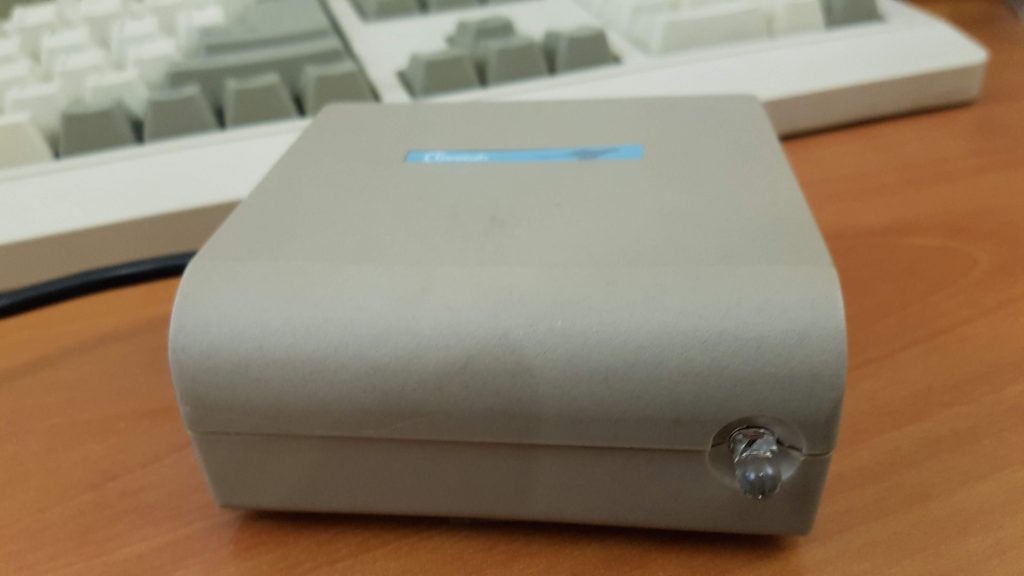
Because I thought it was a wireless, IR-controlled peripheral, I started Googling with catchwords such as “infrared” “joystick” “c64” “cheetah” with images, but I didn’t see the box that I had before me. But via the name Cheetah, actually Cheetah Marketing, a British manufacturer of peripheral devices, mostly joysticks for the 8-bit computer generation and also sound and music-related peripherals, I came across the Remote Action Transmitter (R.A.T.). The different articles only referred to the version for the ZX spectrum and mostly to dated photos of what that thing had looked like. But in the end, I also found an episode (#34) of Paul Jenkison’s “Spectrum Show” on Youtube where this device is revealed. It consists of an IR receiver in the form of a plug-in module for the ZX spectrum (which did not have a joystick port) and instead of a joystick, a remote control with a joypad and fire button designed as membrane buttons. So I went digging in the box to see if I could find a remote control and yes it was.
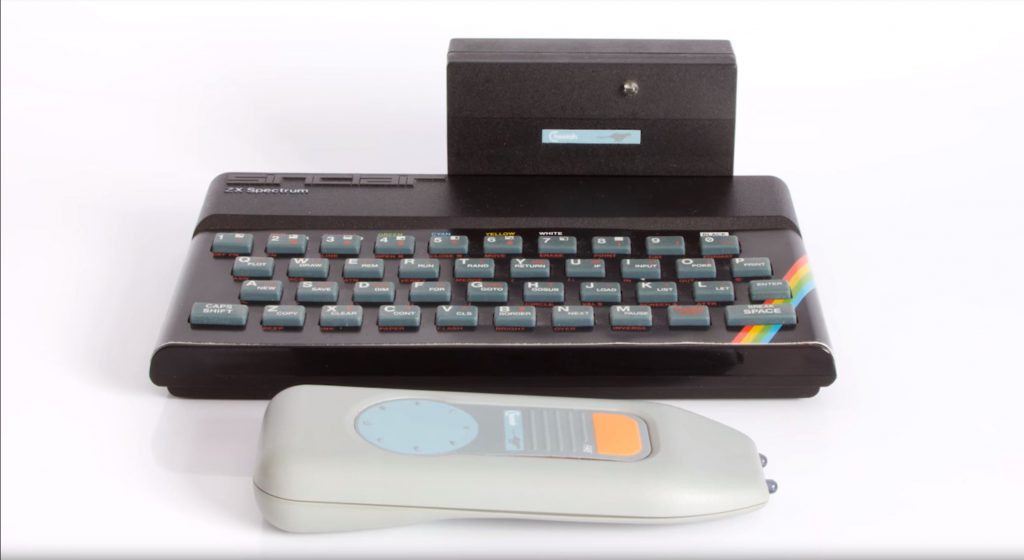
This remote control is identical to the one shown in the “Spectrum Show” episode. The remote control gets its energy from a 9V block battery and has two IR transmitters on the front. For operation, you need two hands because you operate the fire button with one thumb and use the other thumb for the joypad. The joypad is of course not analogous like a “real” joystick. There are eight specific positions that the joypad recognizes and transmits to the receiver. In my case, it is the receiver that makes it special, because it can probably be used on all machines with an 8 pin joystick port (Commodore, Atari), instead of the specific ZX spectrum plug-in module. Anyway, would I really like to use this thing? The idea of having a wireless game controller in 1984, it is way ahead of its time. Wireless controllers have only become commonplace with the fifth generation of consoles in 2005-2006. The implementation of the idea in 1984 is not good and actually more of a gimmick. The fact that you have to use the thing with both hands and aim properly and still are “treated” with poor response times, makes it more aggravating than something useful. The device can indeed be used from quite a distance but it also means squinting to see the little CRT of that era. No, in my view the R.A.T. more a nuisance, then a blessing. Probably, therefore there are very few left, and that makes it a rare item.

On one of the advertisements for the R.A.T., I saw “Patent Pending”. This aroused my interest because I know my way around the various patent databases. Could I trace the patent on that device? Yes, the British patent no.2158667 filed by Cheetah Markting on May 3, 1984 and granted on January 20, 1988, describes the wireless game controller. However, the configuration in the drawings differs from the device that appeared on the market. The controller started more as a joystick than a joypad. A joystick with two fire buttons on the handle which would make moving and firing with one hand possible. However, I see that this design would have led to problems. As said earlier, the infrared transmitter can only encode eight specific positions and send them to the receiver. To overcome this for a joystick, which can in principle take up an infinite number of sub-positions, the thought of something. The patent shows a joystick, that cannot move around freely, but an opening in the form of an eight-pointed star in the foot guides the user of the joystick to one of the 8 positions when moving the stick from the centre, from one position to the other is therefore only possible by returning to go through the centre. This looks like an innocent idea, but every joystick user knows what the scenario will be if you start to play. In the “heat of the moment” you will use force and break the stick or the foot. I wonder if Cheetahs engineers realized this, redesigned it as a joypad or that real joystick prototypes were made that broke after a short torture during testing. One can only wonder.


